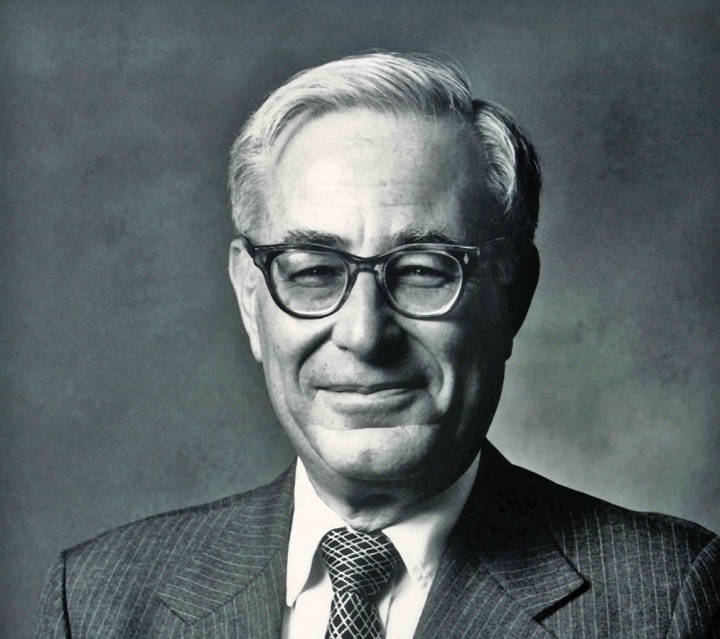Columbia College | Columbia University in the City of New York
Harold Brown ’45, GSAS’49, Carter Administration Secretary of Defense

Brown was born in New York City on September 19, 1927, and graduated from Bronx Science at 15. At Columbia, he studied physics and earned a bachelor’s in only two years, graduating with highest honors. By 21, he had earned a master’s (1946) and a doctorate (1949), both from GSAS.
In 1952, Brown was recruited by the Atomic Energy Commission to be a nuclear weapons designer at what is now the Lawrence Livermore National Laboratory in California; he went on to direct the laboratory. From 1961 to 1965, Brown was director of defense research and engineering, responsible for weapons development, and one of Defense Secretary Robert S. McNamara’s “whiz kids.” He was Air Force secretary from 1965 to 1969 and from 1969 to 1977 was president of Caltech.
The first scientist to become defense secretary, a role he held from 1977 to 1981, Brown began the development of “stealth” aircraft and accelerated the Trident submarine program. As a money-saving tactic, Brown and Carter halted the B-1 bomber as a successor to the B-52; however, Pentagon budgets under Brown rose, reflecting the need to modernize strategic arms to meet challenges in the Middle East and elsewhere.
Brown laid the groundwork for talks that led to the Camp David accords, mediated by Carter and signed in 1978 by President Anwar el-Sadat of Egypt and Prime Minister Menachem Begin of Israel. The accords led to an Israeli-Egyptian peace treaty in 1979. In 1980, Brown helped plan a mission to rescue the American hostages held by Iranians in Tehran; the mission failed — eight American servicemen were killed in an aircraft accident and the hostages were not freed until President Reagan took office.
Brown, who had helped negotiate the Strategic Arms Limitation Talks (SALT I), signed in 1972 by President Nixon and Leonid I. Brezhnev, also took part in talks that led to SALT II, a pact signed by Carter and Brezhnev in 1979. The Soviet invasion of Afghanistan in 1979 killed the treaty’s chances, and Carter withdrew it from consideration.
In 1979, around the time Carter normalized diplomatic relations with China, Brown visited Beijing, establishing electronic monitoring stations in western China that allowed the Pentagon to collect Soviet intelligence.
After leaving the Pentagon in 1981, Brown taught at the Paul H. Nitze School of Advanced International Studies at Johns Hopkins University; from 1984 to 1992 he was chairman of the school’s foreign policy institute. Since 1990, he had been a partner at Warburg Pincus, a New York investment firm.
Carter awarded Brown the Presidential Medal of Freedom in 1981. Brown also was honored with the Columbia University Medal for Excellence in 1963, the College’s John Jay Award for distinguished professional achievement in 1980 and Alexander Hamilton Medal in 1990, and the Department of Energy’s Enrico Fermi Award in 1992. He appeared on the cover of Time magazine on May 23, 1977.
Brown married Colene D. McDowell in the early 1950s; she died in 2018. He is survived by his daughters, Deborah and Ellen; sister, Leila Brennet; and two grandchildren.
— Lisa Palladino
Issue Contents
Published three times a year by Columbia College for alumni, students, faculty, parents and friends.
Columbia Alumni Center
622 W. 113th St., MC 4530, 6th Fl.
New York, NY 10025
212-851-7852
cct@columbia.edu
Columbia Alumni Center
622 W. 113th St., MC 4530, 4th Fl.
New York, NY 10025
212-851-7488
ccalumni@columbia.edu

